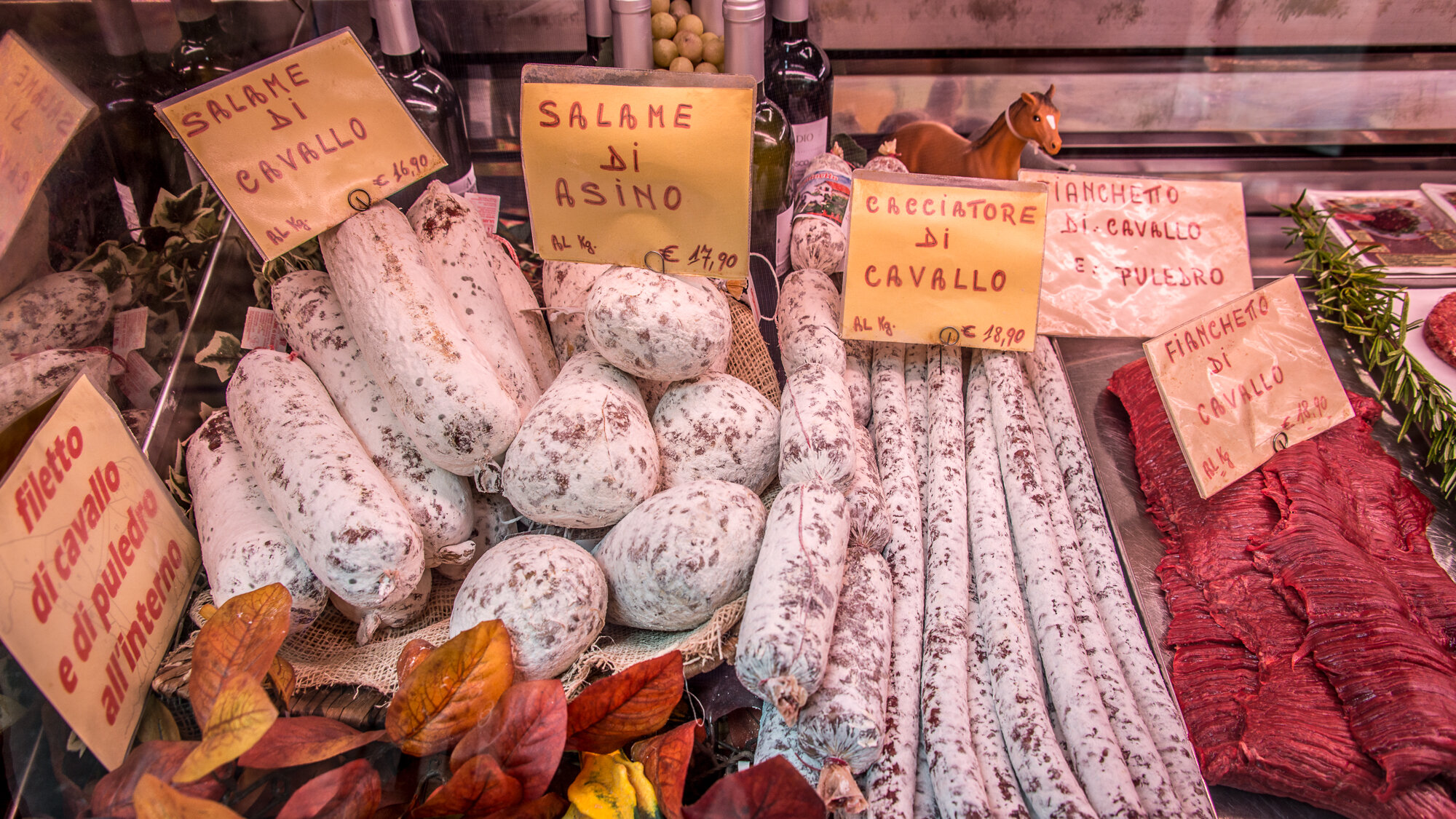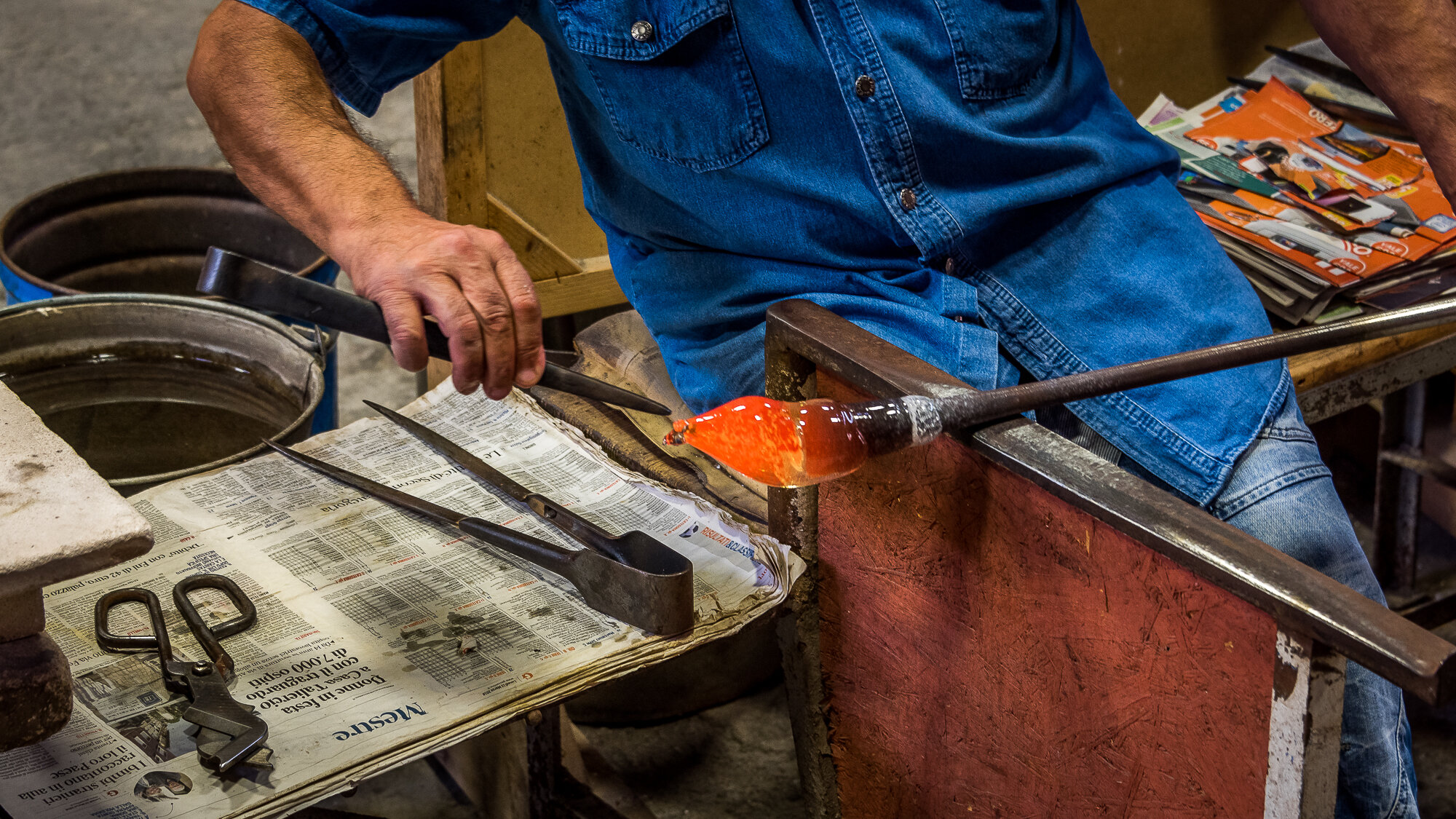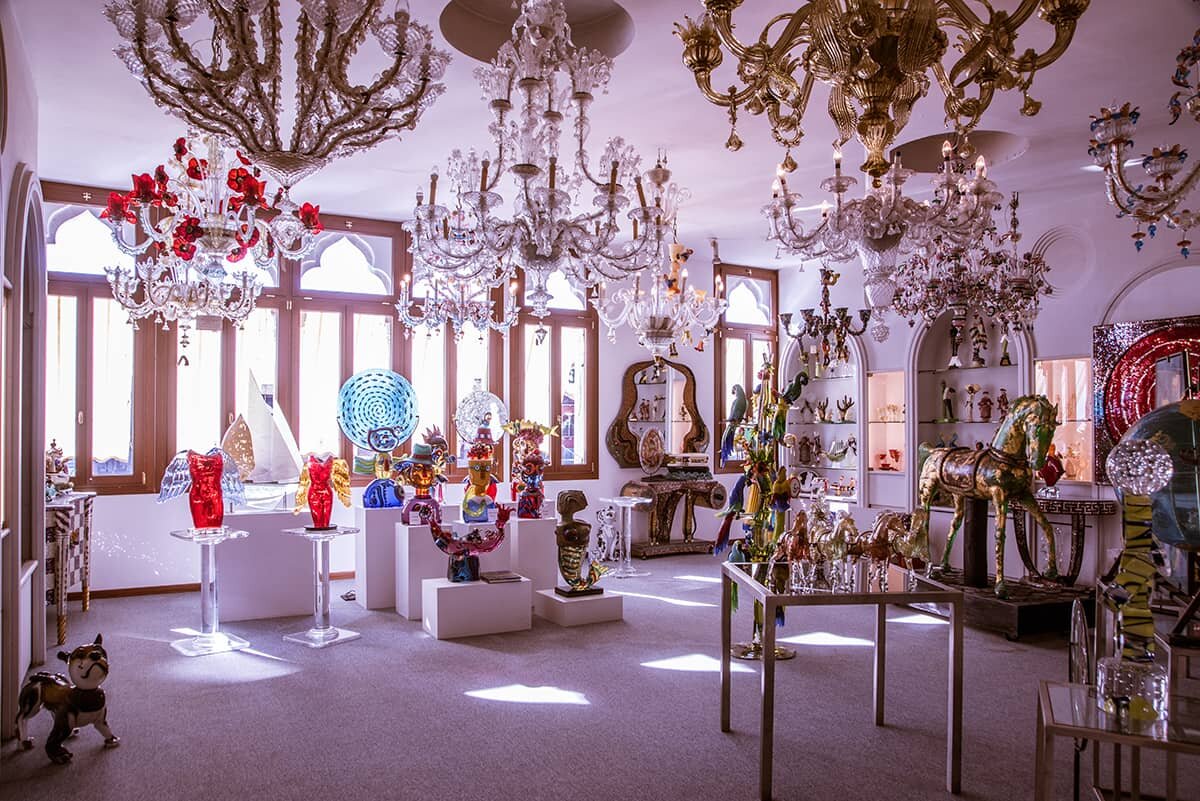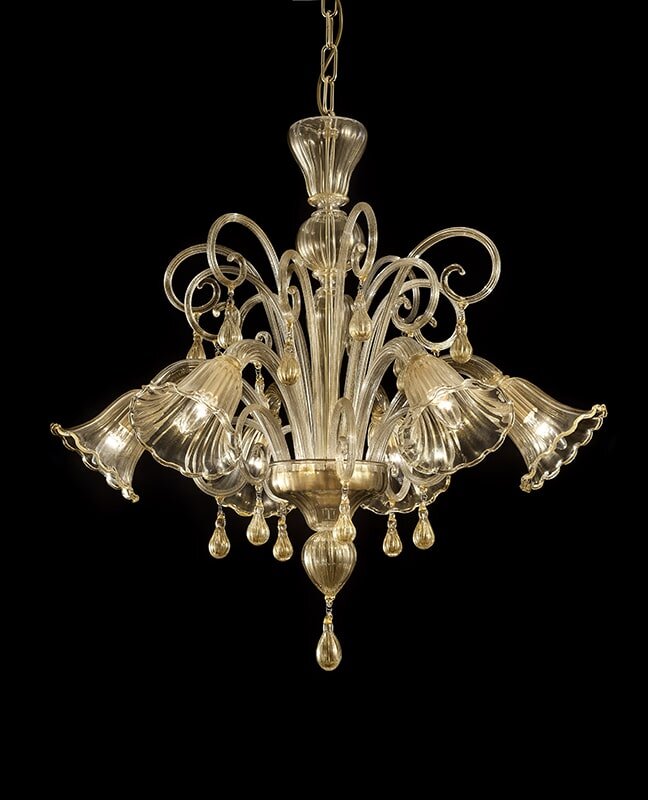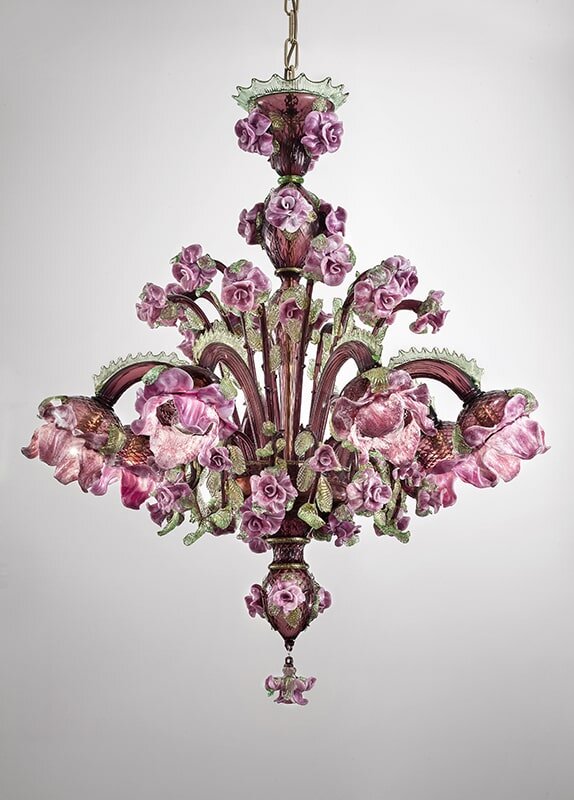Just a couple of transformations today, as I’ve bene busy shoveling snow! Someone has to do it…right?
Trasformazione Uno
For this first transformation we go from a really blah snapshot of a door on a slightly inclined street, to something much more appealing. So, let’s get started.
Here’s that blah snapshot. I wasn’t wrong about the blahness, was I? I’m glad you agree.
As usual, I want to get rid of modern distractions, like the plumbing and its tarnishment, the address plaque, and that vestige of graffiti to the right of the door.
Now that it’s cleaned up a bit, it’s time to work on the color. I’ll work on the plaster by giving it a bit of old-world patina.
And as you know, I just have to do something with that humdrum door. So, here is the final image. Better, huh?
Trasformazione Due
Ouch! Why did I even bother to capture this image?! I guess that I thought I could do something with it back home, so I might as well give it a try.
Such a clutter of ‘stuff’ to resolve, like the address plaques, mail slots, doorbell ringers, chotskies, etc. So, here goes.
Here I am back after a bit of clutter removal. I’ll give the door a bit of color while I’m at it…I’m not happy with that dark green. Now that reflection behind the iron work has to go.
Reflection done and gone.
I’m ready to give the plaster some of that patina that I like so much.
And, for the final product, I’m going to brighten up that door so that the photo will look better on our wall.
There you have it. Two quick transformations in one sitting. Now I’m going out to shovel a bit more snow. I’ll be back next week with more on our favorite place…Italy, Our Italy.
Ciao for now,
Steve







